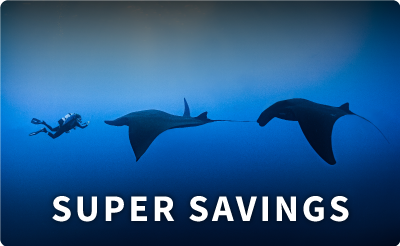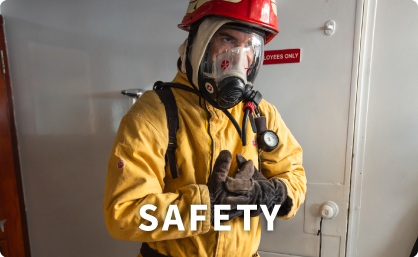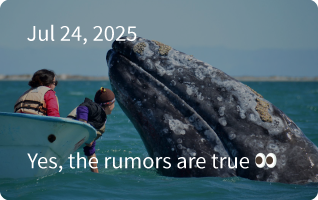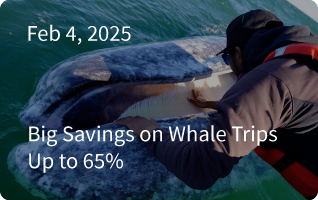Sometime every November or December, humpback whales (Megaptera novaeangliae) from Alaska show up in the Socorro Archipelago to mate, breed and teach their new calves the skills they need to make the long migration back north in late spring. Whether hearing the dulcet tunes of these gentle giants during a dive, or, if you’re very lucky, witnessing them in the flesh while blowing bubbles, these are some of the most beautiful, inquisitive creatures to inhabit the ocean. Read on to discover some of the incredible experiences we’ve had with Mexico humpback whales over the years, with some interesting intel on these gentle giants to boot…
Humpback Whale Behavior in Socorro
For the past several decades, we’ve been fortunate enough to see some really spectacular behaviour; 40-ton male humpbacks will compete for dominance and sometimes literally smash into each other or rake their competitors with their barnacle-encrusted pectoral fins, leaving a trail of blood in the water. It’s spectacular behaviour to observe although somewhat rare. While we cannot intentionally dive with them, if the stars align, you might be lucky enough to be approached by a mama and calf while you are in the water, as shown in this video taken by our dive master ‘Vikingo’ on one of our trips.
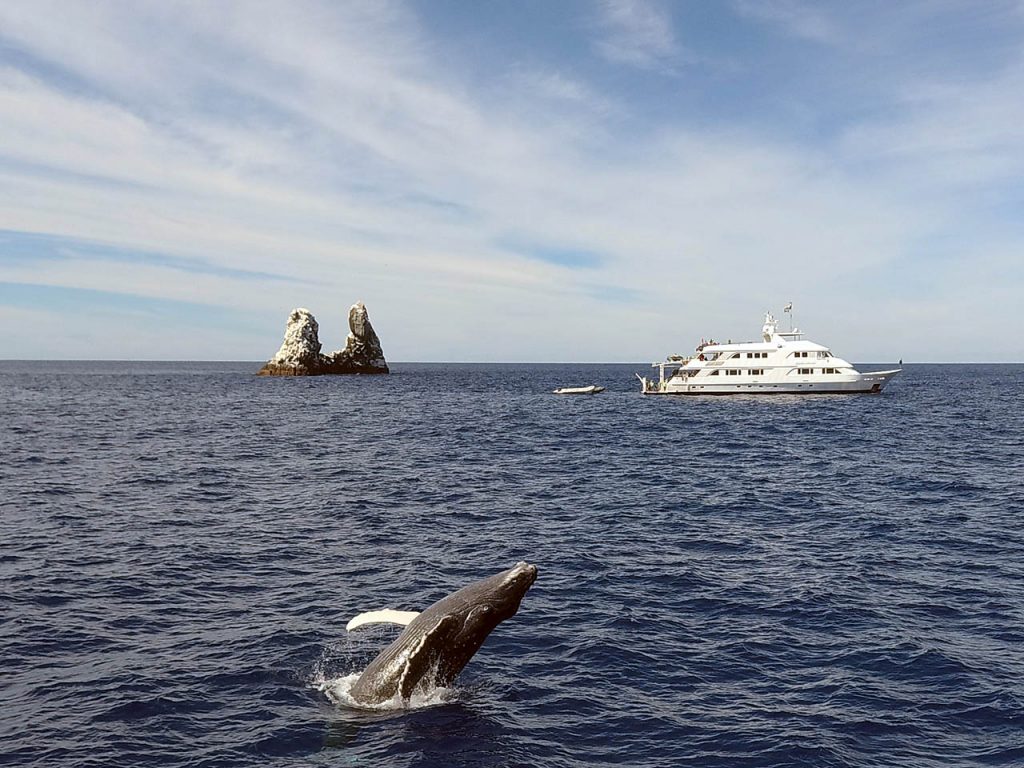
A Leap Out of Water: Breaching Humpback Whales
From listening to their haunting melodies while diving with friendly mantas and dolphins, to witnessing these gentle giants breach during surface intervals, it’s a great privilege to be witness to the terminus of this great migration every year. While we’re on the subject of breaching, we don’t really know why these whales breach out of the water, but we do know that we have seen the losing male in these encounters repeatedly jump and breach out of the water while the successful male swims off on his mission. Is the loser letting off steam and venting his frustration by leaping out of the water? We think so…
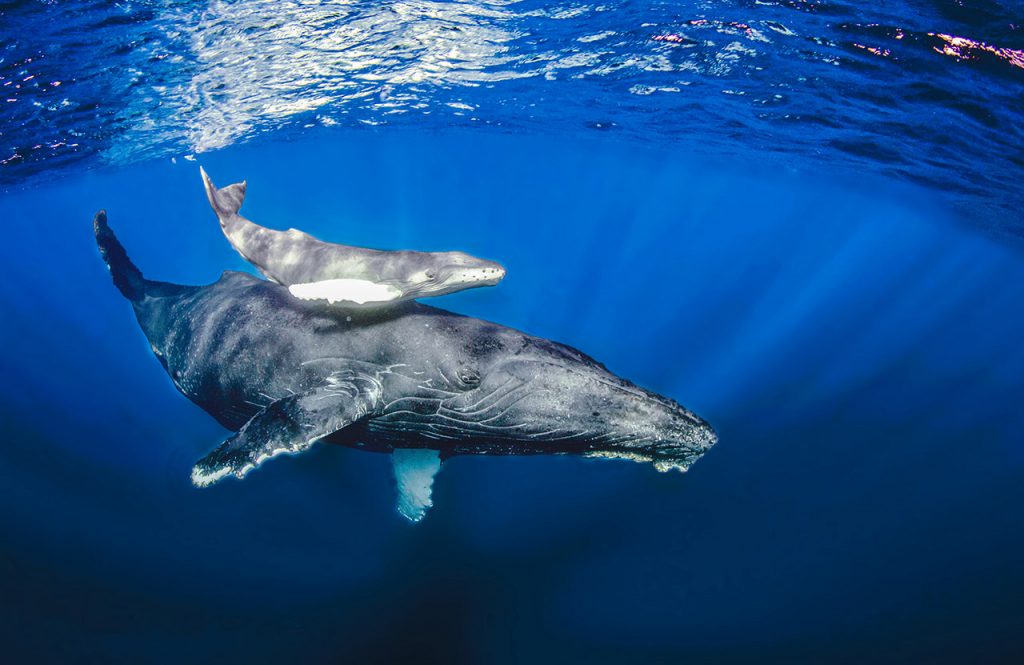
The Rich Repertoire of Humpbacks
Humpback whales are undoubtedly the opera singers of the ocean. Well, ok, some of the whales are the rorqual equivalent of the three tenors, while other humpbacks are somewhat, ummm, deficient in the crooning department. Either way, one super cool thing about diving Socorro during peak humpback whale season is that it’s very likely you will hear the haunting and melodic singing around you during your dives. It’s absolutely spectacular to be diving with a super friendly and empathetic manta ray while listening to a whale singing nearby. Interestingly, only male humpback whales sing… do they do that to impress the females? We used to think so, but recent research points more to singing as being a form of communication and locating other whales. A little-known fact is that humpback whales all over the world, and in every ocean, sing the same song – and that the song slowly evolves and changes over time…
Best Time to See Mexico Humpback Whales
Mid-January to mid-April is the absolute peak season for humpback whales at Socorro. The government of Mexico no longer allows us to put snorkelers in the water with whales. But it’s no problem and a great gift if a humpback whale swims by during a dive. You will hear them singing during your dives. If you are in a lower deck stateroom on one of our ships, you might hear them singing as you lay in bed at night, and you are sure to see whales on the surface. And with our decades of experience in these islands, we have a couple of secret spots to anchor to maximize the chances of the whales swimming right past the back of your boat.
Don’t miss out on experiencing these charismatic megafauna beautiful animals…
We still have a few spaces available on our 2021 liveaboard trips to see the humpback whales of Socorro, but they won’t stick around for long.
If Mexico humpback whale scuba diving tops your bucket list, get in touch to book a scuba diving adventure to Socorro.
Image credit: Craig Dietrich, David Serradell, Adil Schindler



